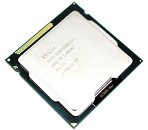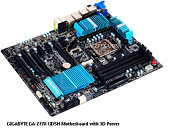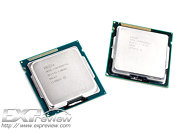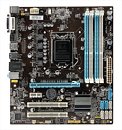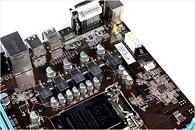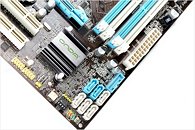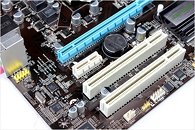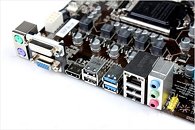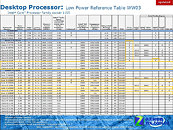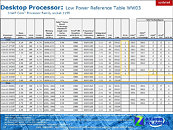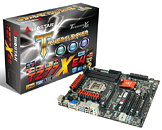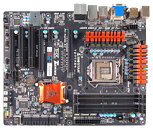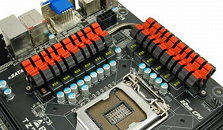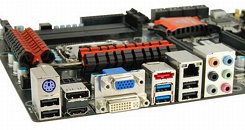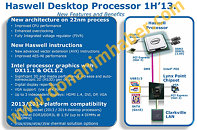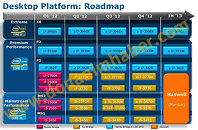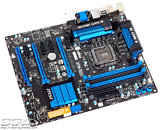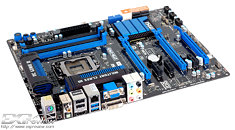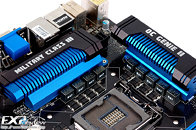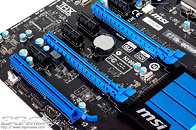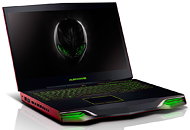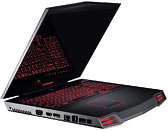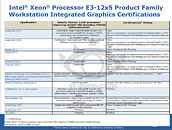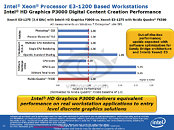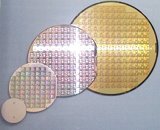
Intel Ivy Bridge Revised Launch-Schedule Revealed
Citing issues with the 22 nm manufacturing process, Intel postponed the release of its 22 nm "Ivy Bridge" Core processor family by as much as 10 weeks. There still seems to exist some confusion surrounding this launch, which SweClockers sought to clear with its latest article containing important dates related to the launch.
- 8 April, 2012: This was supposed to be the day "everything" (all CPU models slated for April, compatible motherboards) launched. Instead on this day, motherboard vendors will launch their products based on Intel Z77, Z75, H77, and B75 chipsets. System builders (you) will have to use existing "Sandy Bridge" processors, which are very much compatible with those motherboards. You will not be able to buy "Ivy Bridge" processors from anywhere on this day.
- 29 April, 2012: This is when Intel will launch quad-core Core i5, Core i7 "Ivy Bridge". On this day, the media will be able to post reviews of the new processor platform. It's not clear if you'll be able to buy these chips on this day, either. Perhaps you might.
